STAC Performance Virtual Wind Tunnel
Do I go with the S-Works TT helmet or the Giro Aerohead? Or maybe the Evade? Which hydration system is the fastest for my current set-up? Most people rely on anecdotes, or what is newest, when choosing. STAC Performance may eliminate the guesswork, bringing aerodynamic testing to the masses with their virtual wind tunnel system.
This is the first of a couple of products I intend to review on the subject of aero testing without any… er… aero testing. If CFD is a poor man’s wind tunnel, what I’m reviewing is a poorer man’s CFD. (Actually, CFD – Computational Fluid Dynamics, software that models expected aero performance – is a part of the process.) The other product is VelogicFit’s Aero 3D and I hope to have a review or at least an overview of it upcoming. Our publisher is in the middle of a review of VelogicFit’s 2D motion capture, same company, overlapping technology, but the application is bike fit without specific attention given to aero optimization.
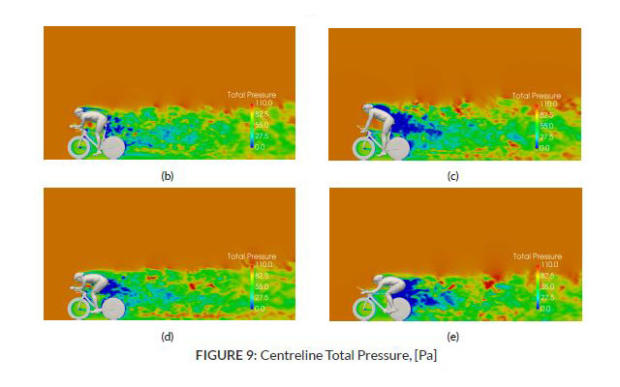
Back to STAC Performance.
How Does It Work?
I met with Andrew Buckrell from this new Canadian company, and he ran me through his Virtual Wind Tunnel (VWT), such demo taking place in my garage. Using an IPad with an off-the-shelf attached depth scanner, Andrew took a full video of my static position from all angles, a process that took fewer than 60 seconds. The video produces what's called a point cloud, an image that is based on depths instead of colors and the video can be overlaid to give a full 3D model of my position.
One of the great things about the process is how it can be done with only minor training and relatively inexpensive equipment (IPad and scanner) and done nearly anywhere, making it incredibly versatile. Although we learned during our test that outdoors in the bright sun did not work quite as well. It could easily be used by coaches, LBS, or Tri Teams, upload the data scan, then it is remotely processed by STAC.
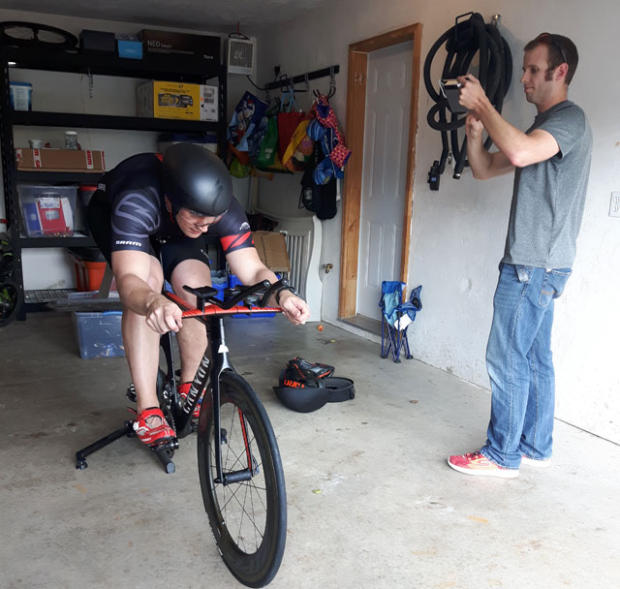
By the way, the technology used here was described at least 4 years ago and is current in use with gaming consoles.
I learned the actual VWT analysis is quite computationally intensive, so although a scan only takes a minute, the model is actually done after the fact to ensure the highest level of accuracy of the scan. For the purposes of this article, we did a number of scans in different positions and three different helmets: Specialized Evade, S-Works TT, and Giro Aerohead. Of note, which I didn’t disclose to Andrew prior to the test, I knew I tested 10 secs faster with the S-Works TT versus the Evade, and we both agreed that the S-Works TT visually appeared to be the fastest.
Once each scan is complete and saved to Dropbox, the STAC team begins its work. They reconstruct a 3D model and trim out the excess detail and background noise from the model, and then isolate the rider. Next, STAC takes this processed model and inputs it into its CFD program. Typically, they apply their model for a 0-degree yaw case (riding through still air), but it can easily apply crosswinds or other conditions of interest. Also, because they are working with a digital model, there are some modifications that they are able to do in post processing, such as moving/removing hydration or nutrition storage, or replacing wheels.
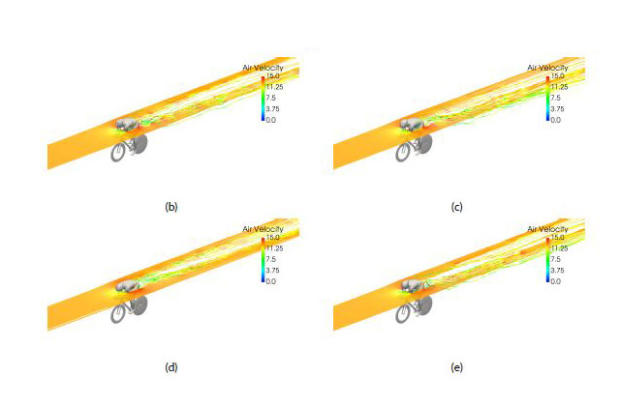
There have already been a number of professional and elite athletes who have begun working with STAC Performance, including Cody Beals, who is known for being meticulous when it comes to his product selection. STAC claimed that they were able to replicate Cody's previous wind tunnel results to within 2% of his measurements using their VWT. I had the chance to discuss STAC Performance with Cody who was initially drawn to STAC more as a would-be investor than a potential sponsorship.
Why did you decide to partner with STAC Performance?
"STAC caught my attention early on due to its groundbreaking technology and proximity to my home in southern Ontario. My background in physics, fascination with aerodynamics and fondness for indoor cycling made both the Virtual Wind Tunnel and STAC Zero trainer very intriguing. On top of innovative tech, I was impressed by the enthusiasm, vision and obvious brilliance of the people behind STAC. The STAC Zero trainer and the VWT are just the tip of the iceberg for this young company. I recently visited the STAC headquarters and couldn't believe all the concepts, prototypes and wild ideas casually strewn about the shop or floated in conversation."
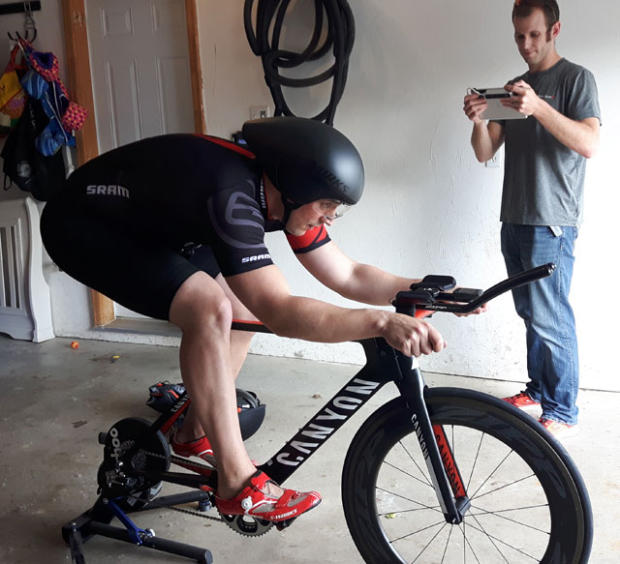
I asked how he’s used the tech.
"I've done Virtual Wind Tunnel scanning sessions on three occasions over the past year. I've used the results to inform equipment choices such as helmets and hydration. We've also worked on fine tuning my position and we've even explored specific areas such as descending positions. STAC has also been using my scans in a fascinating series of experiments looking at draft zones and lead vehicle effects."
"I had the opportunity to visit the FASTER wind tunnel twice with Ventum, my bike sponsor,” Beals continued. "STAC has used that data to validate the VWT and demonstrate its impressive accuracy.”
Accuracy and Limitations
STAC Performance is in the processing of publishing a journal paper on this very topic, but they say that their own scale model wind tunnel testing has seen less than 1-2% uncertainty with the simulation results, tested over a range of air velocities and that they're within 2-4% of full scale wind tunnel results.
STAC also pointed out that at this stage, there are several features that the scanners won't pick up, or the simulations aren't capable of differentiating. The details include spokes or cables, visors, and fabrics or other surface finish modifications.
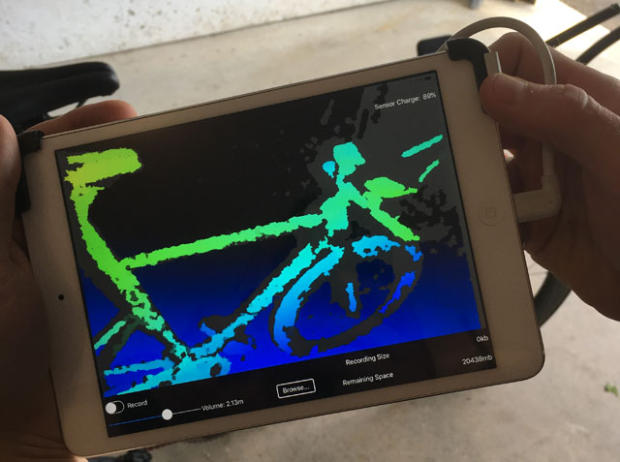
STAC Performance admitted they don’t see the VWT as a replacement to other testing methods either. They recognized it is best used in conjunction with wind tunnel or velodrome (Alphamantis) testing, in the same fashion that helmets, bikes, and planes are designed and tested with CFD and then other methods may be used to corroborate CFD data.
Results
At the conclusion of the scanning process, STAC begins the analysis of our various test poses. Generally, they will have the final report done within 24-48 hours. My report was nearly 29 pages long as we did some fun poses, more out of curiosity than performance. Their report is divided in sections such as: Summary of Results, Conclusions and Recommendations, Detailed Results, and Analysis where they breakdown how each pose will affect your speed for your next race.
A bit to our surprise, based solely on our visual assessment, the Giro Aerohead tested the fastest with a CdA improvement of .006 over the S-Works TT. Further, the CdA difference between my Specialized Evade and S-Works TT (.0026) correlated to results obtained during wind tunnel testing. Also, we did a well-known time savings pose, keeping a horizontal crank for descent, and this shaved CdA .005 from my fastest baseline pose.
Final Thoughts
Seeing how easy and portable the VWT was really a WOW moment for me in terms of recognizing the potential benefits that such a system could present. The ability to have objective, individualized data to improve aerodynamics or aid in product selection whether it be bikes, helmets, etc., is significant. At a cost ranging from $100-$300 for packages, along with a la carte pricing scheme so that people can easily get a checkup scan makes it equally affordable as it could be available. You can get up-to-date information on where they are available at their website along with information on their STAC Zero trainers.


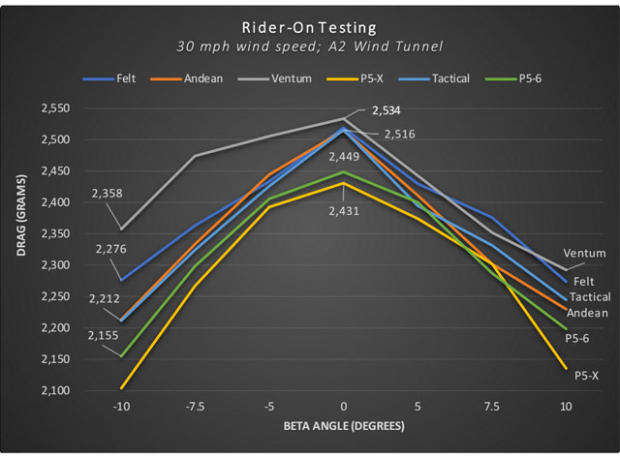
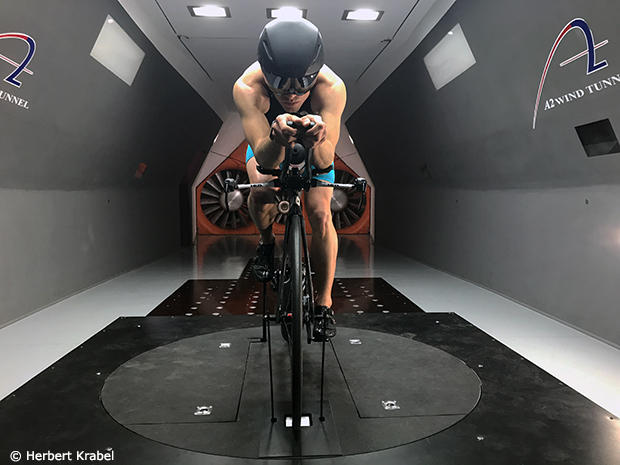
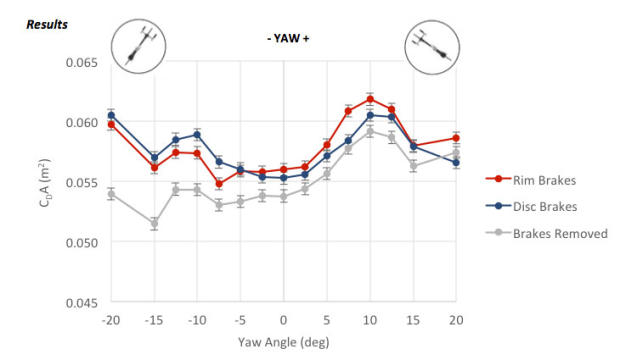
Start the discussion at slowtwitch.northend.network